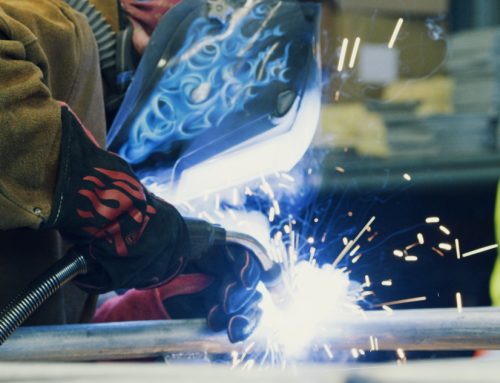Fences for Farms
In the vast expanse of agricultural landscapes, there exists an unsung hero that plays a pivotal role in preserving boundaries, safeguarding crops, and facilitating efficient livestock management. Fences, often overlooked, are essential components of agricultural infrastructure that offer an array of benefits to farmers and their livelihoods. In this blog post, we will delve into the significance of fences in agriculture, exploring their various uses, advantages, and the evolving trends shaping their implementation.
Defining Boundaries and Protecting Crops:
One of the most obvious functions of fences in agriculture is defining boundaries. Fences act as physical demarcations, separating different fields or sections of the farm. By clearly marking property lines, fences help prevent trespassing, encroachment, and disputes between neighboring farms. Moreover, they play a crucial role in protecting crops from unwanted intruders, including wildlife, stray animals, and even unauthorized individuals.
Livestock Management and Grazing:
Fences are invaluable tools when it comes to livestock management. They help farmers control and confine their animals within designated areas, ensuring safety, order, and optimized grazing patterns. With well-constructed fences, farmers can create rotational grazing systems, allowing livestock to graze in specific areas for a controlled period, promoting healthier pasture growth and preventing overgrazing. This enhances soil fertility, reduces erosion, and optimizes animal nutrition. If a farmer is raising herds of a potentially contentious nature, having reliable fence lines prevents differing species from inflicting injury on one another.
Enhanced Biosecurity:
Maintaining a biosecure environment is of utmost importance in modern agriculture. Fences act as biosecurity measures by preventing the entry of pests, diseases, and pathogens into farm premises. Controlling the movement of animals, vehicles, and people through strategically placed fences helps mitigate the risk of disease transmission and preserves the health of livestock and crops. Additionally, the use of exclusion fences can safeguard crops from wildlife and pests, reducing the need for chemical interventions.
Protection from Natural Elements:
Agricultural landscapes are vulnerable to the whims of nature, including strong winds, soil erosion, and water runoff. Fences can serve as windbreaks, shielding crops from the damaging effects of gusty winds. Certain fence types may help manage water runoff, preventing erosion and soil degradation. Furthermore, by creating sheltered microclimates, fences aid in reducing evaporation, improving moisture retention, and enhancing plant growth.
Evolving Trends and Innovative Applications:
As agriculture embraces technological advancements, fences are also undergoing innovative transformations. Electric fences are gaining popularity due to their cost-effectiveness and versatility in managing livestock. These fences utilize mild electric shocks to create psychological barriers for animals, ensuring that they remain within designated areas. Drones and satellite imagery are being employed to monitor fence integrity and detect potential breaches, streamlining maintenance efforts. Additionally, smart fencing systems integrated with sensors and automated gates enable farmers to remotely monitor livestock movement, track grazing patterns, and manage access.
Conclusion:
Fences may seem like simple structures, but their importance in agriculture cannot be overstated. They serve as guardians of boundaries, protectors of crops, and enablers of efficient livestock management. In addition to their traditional roles, fences are adapting to the changing needs of agriculture, incorporating technology-driven solutions for enhanced functionality and convenience. As we acknowledge the invaluable contributions of fences, it becomes clear that these unassuming barriers are indispensable allies in the pursuit of sustainable and prosperous farming practices.




